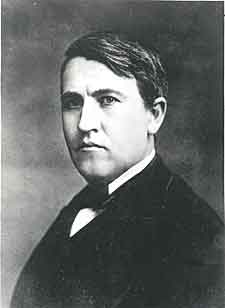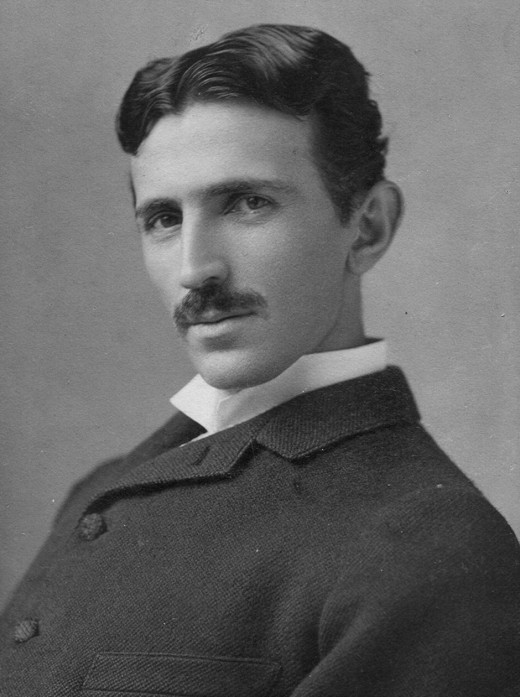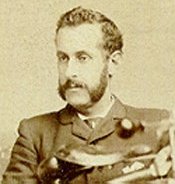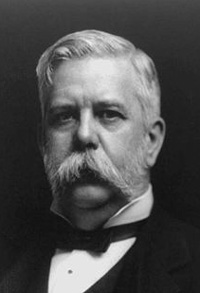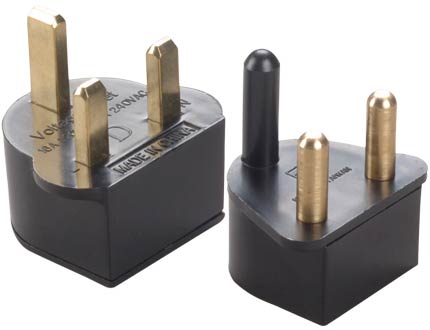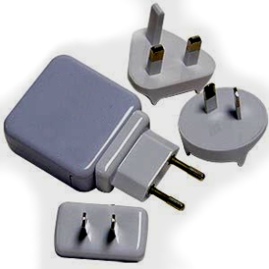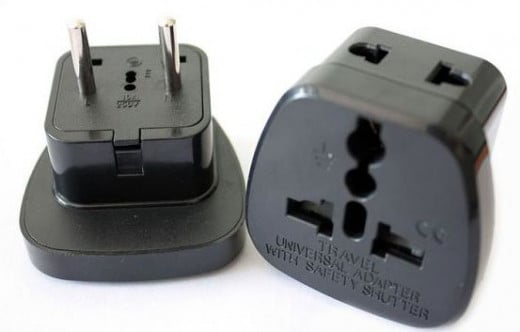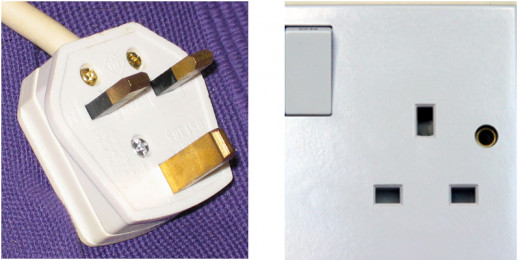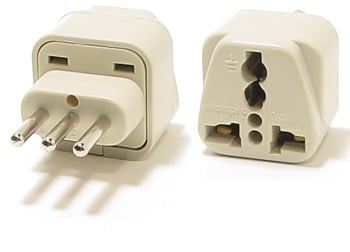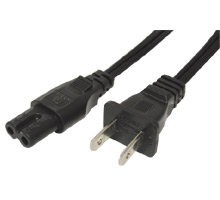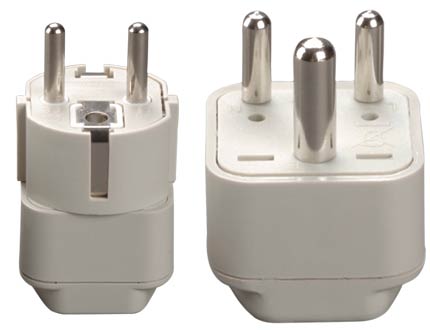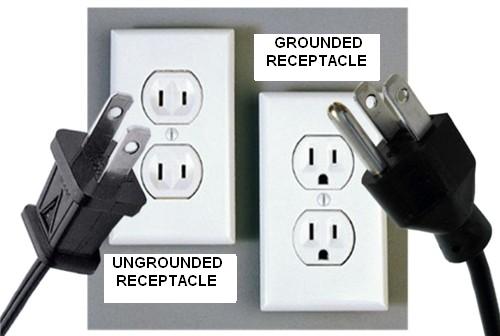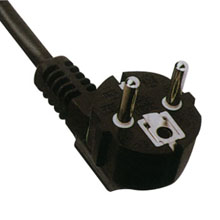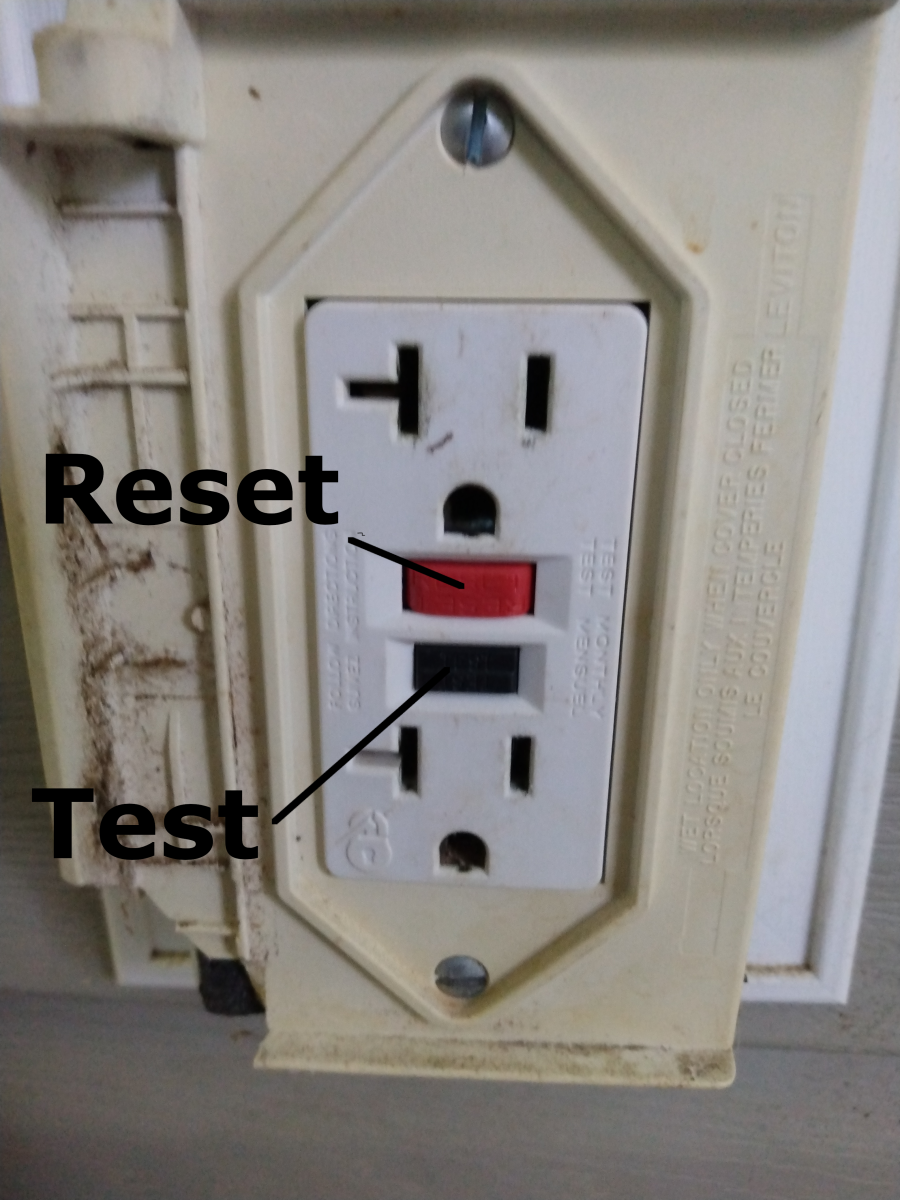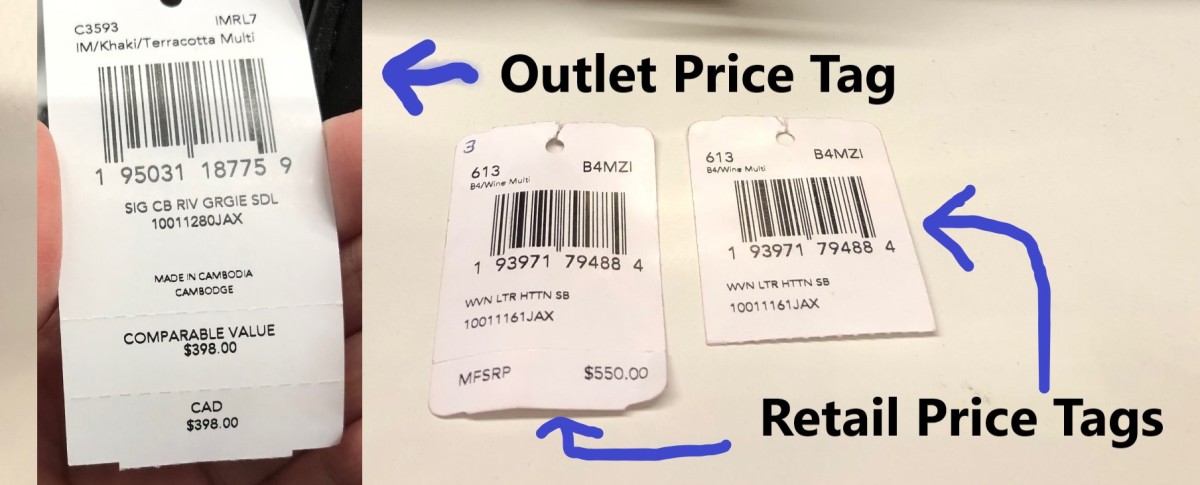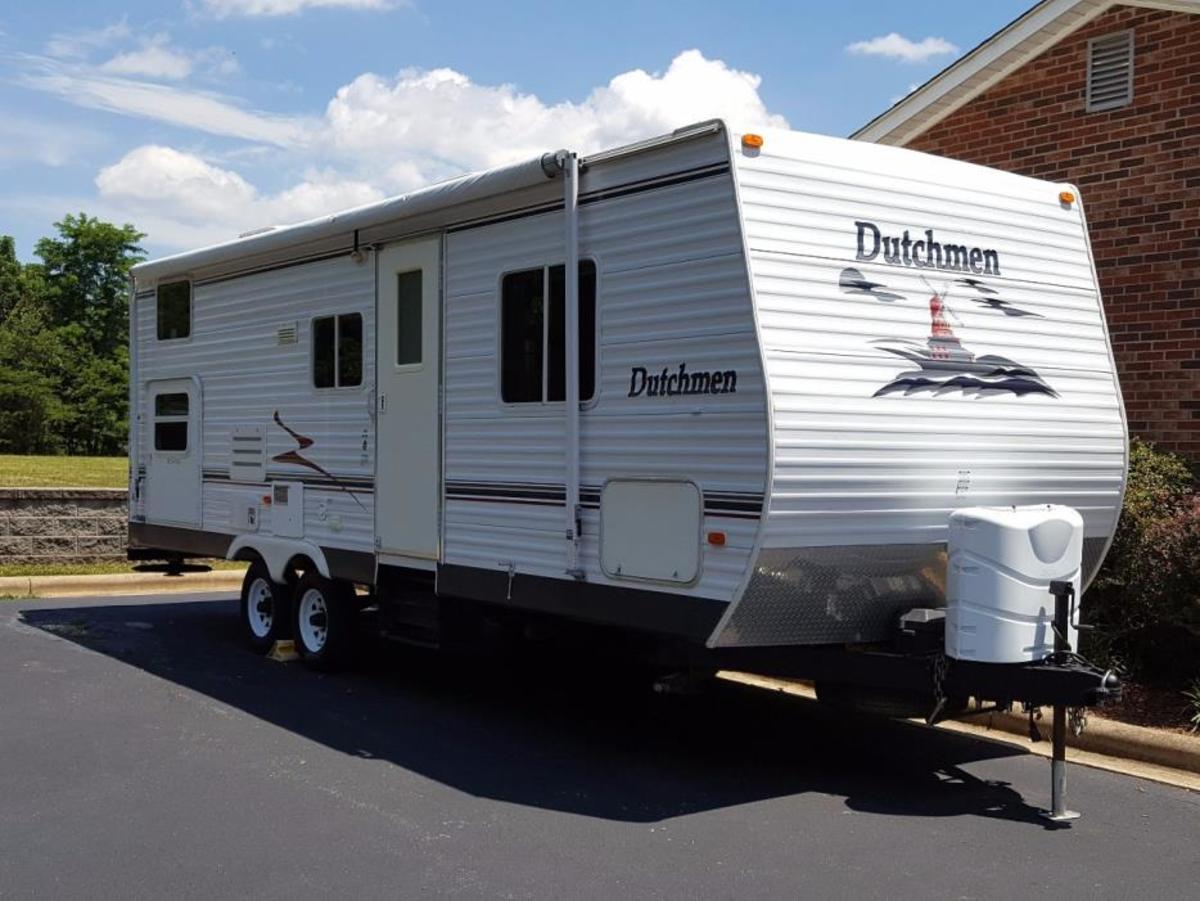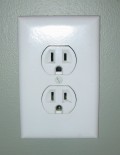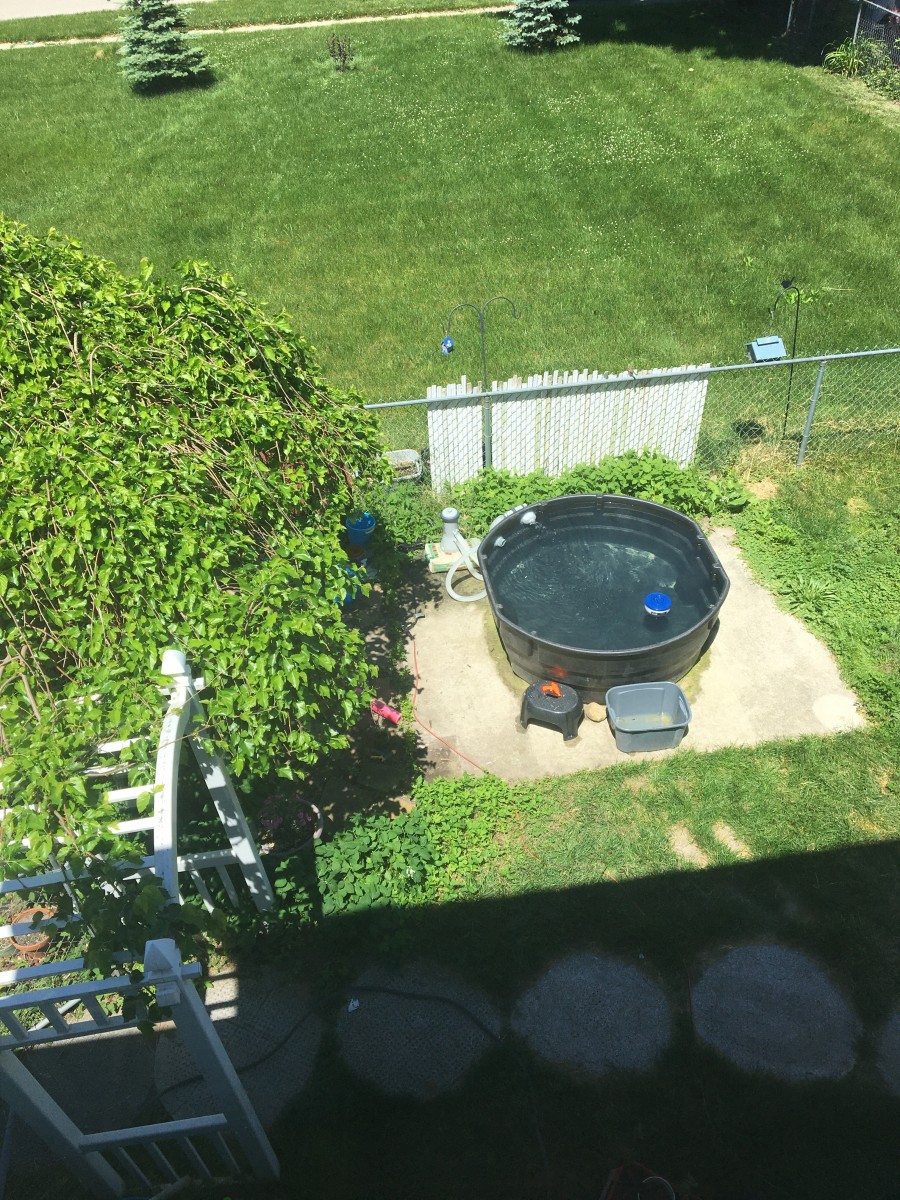American vs. European Electrical Outlets
When there is a comparison between American and European, one of the specific differences is between the United States and the main Continental European countries, like France and Germany. One of the many differences between that European countries (Spain, France, Germany) and the United States is the electrical power plug.
The electrical outlet used in USA has many similarities with the ones used in Europe, the non grounded version both have two pins to put into two holes. However you need an adapter to put the pins of one plug into the holes of the another socket type.
As you will see in this hub the difference between an electrical outlet is not only about the type of socket, even in the same country there are differences between old electrical outlet systems and the new way of electrical system used in the new homes.




Early History of Electrical Outlets
The mostly known names that turned electricity possibly nowadays are Thomas Edison and Nikolas Tesla .
Tesla worked for George Westinghouse and Westinghouse Company and when they started to standardize the offer of electricity to the United States houses they offered an operation frequency of 60Hz and a voltage of 110volts.
Meanwhile in Germany the monopolist company standardized the offer of electricity with a frequency of 50Hz and a voltage of 220volts.
However the use of electricity in these years were mostly to light the streets and houses. There was still no electrical outlets, only wires, the "Separable Attachment Plug" were not invented yet.
It was only with the Hubbell invention, the socket plug, that the energy could start to be used to appliances, but his invention consisted on a two blade system without ground connection. It was P.F. Labre that patented the invention of a third hole in the socket to reduce electric shocks. The electrical outlets were created and prepared to be installed in every house, but the shapes started to differ by country or region.
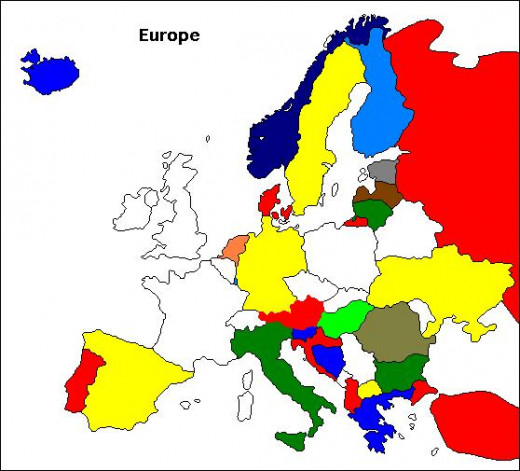
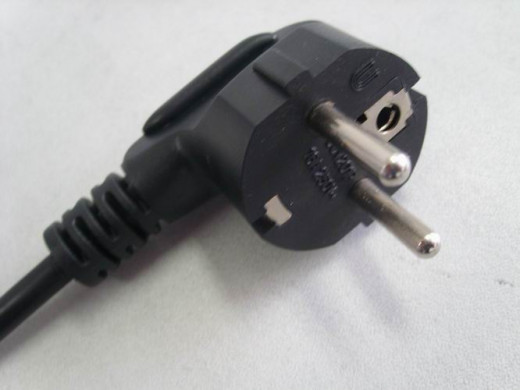
The "European Electric Outlet"
There is no European general electric outlet, even if you look only to the European Union, there is no standardization between countries and there isn't any project to standardize it. There is a generalization in continental Europe, which can be known as the "Europlug" and instead of a blade shape (like in the USA), it has two pins in a rounded shape.
The difference between some countries in mainland Europe is the earth connection, which can be very different and there are several types of earth connections.
Countries that use the "Europlug":
Albania, Austria, Bosnia and Herzegovina, Bulgaria, Chile, Croatia, Denmark, Estonia, Finland, Germany, Greece, Hungary, Iceland, Indonesia, Iran, Italy, Latvia, Lithuania, Luxembourg, Republic of Macedonia, the Netherlands, Norway, Pakistan, Portugal, Romania, Russia, Serbia, Slovenia, South Korea, Spain, Sweden, Turkey, Ukraine, and Uruguay.
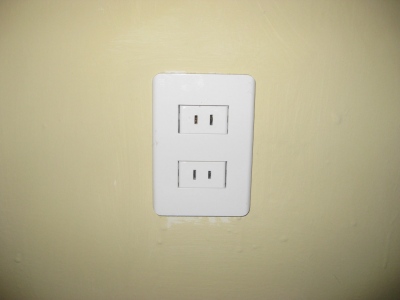
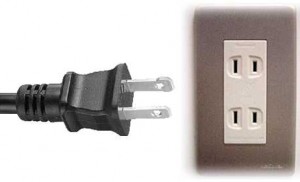
The "American" Electrical Outlet
The plug in the United States is composed by two flat and parallel blades, as you can see in the picture. Nowadays there is also the grounded option, which has an additional round pin.
It is used in all States of the USA since it was standardized in the whole country when the plugs appeared.
In 1950 the US considered switching to a 220volt system, but most consumers had already appliances prepared for the 110volt system, so it was decided to not doing such switch, since it would have a negative impact on the consumers and the economy.
Adapting
When adapting an electrical device you should be careful, or else you are going to have problems that may result in spoiling your device. This happens because some adapters have a simple connection between the way you put the plug, not considering the voltage, so if your equipment is not prepared for a different voltage, it can be damaged.





Sockets
There are more than 12 types of Sockets and they are corresponded by letters, from A to M. Most of them have a voltage of 240/250.
The differences between them are the holes where you can put the pins, but even in the same type of socket there may be differences.
A type of socket can be different from a same type of socket in the voltage (low differences), grounded/non-grounded, polarized non-polarized and Insulated Pins or Non Insulated Pins.




Grounded vs Ungrounded
The grounded socket types are the ones with three slots instead of two. It is a security conductor directly to the ground and it may prevent dangerous voltage or a short circuit.
The ground connection can conduct the current and there is a less chance of a person to be hurt (even slightly) by an electric shock.
Polarized vs Non Polarized
The polarization of a plug can be important to reduce the hazard of an electrical shock.
A polarized plug can only be inserted in one manner, you cannot invert it like a non polarized plug.
Insulated Pins vs Non Insulated Pins
The insulated pins also prevents hazards from an electrical shock. It is an extra protection in the pins that prevents a metal object to touch the pin if the plug is not correctly inserted.

